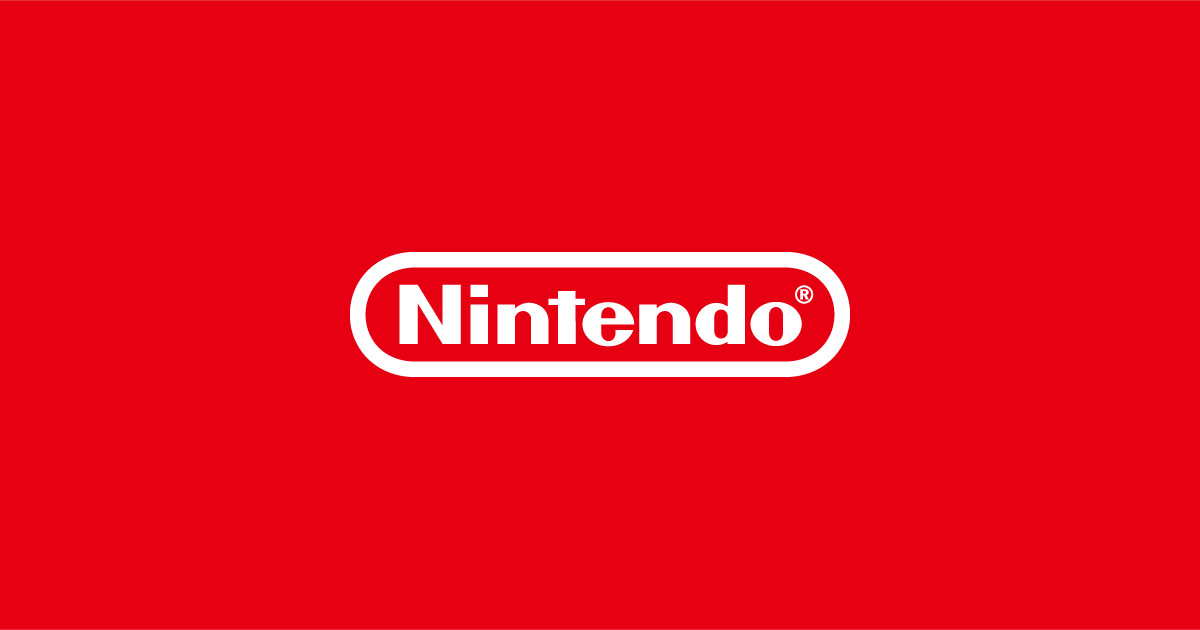Exploring Switch 2: Developer Q&A Part 4 – New Insights into Nintendo's Next-Gen Console
The gaming world is buzzing with anticipation for Nintendo's next-generation console, the Switch 2 (rumored name). While Nintendo remains tight-lipped about official details, whispers from developers are painting a clearer—though still fragmented—picture. This fourth installment of our developer Q&A series delves deeper into the emerging details, addressing key questions about the console's capabilities and implications for game development.
Enhanced Performance and Graphics: A Quantum Leap?
One of the most pressing questions surrounding the Switch 2 revolves around its performance capabilities. Our sources suggest a significant leap from the original Switch, potentially featuring:
- Improved CPU and GPU: Expect a considerable boost in processing power, enabling smoother gameplay and more detailed visuals. Several developers hinted at a performance increase of at least 2-3 times that of the current Switch.
- Upgraded RAM: Increased RAM will be crucial for handling more demanding games and richer environments. Early speculation suggests a doubling or even tripling of RAM capacity.
- Ray Tracing Capabilities (Potentially): While not confirmed, whispers suggest the possibility of limited ray tracing support, which would significantly enhance lighting and realism in games. This remains a highly debated topic, however.
What Does This Mean for Gamers?
These upgrades translate to:
- Higher frame rates: Expect smoother, more fluid gameplay, eliminating the occasional frame drops experienced on the original Switch.
- Enhanced visual fidelity: Games will boast richer textures, more detailed environments, and improved character models.
- More demanding titles: The Switch 2 will be capable of running more ambitious games, previously impossible on its predecessor.
Development Challenges and Opportunities
While the enhanced performance presents exciting opportunities, developers also face new challenges:
- Optimization: Maximizing the potential of the new hardware will require careful optimization to ensure smooth performance across various games.
- Backward Compatibility: The extent of backward compatibility with Switch games remains unclear, a major concern for many developers and gamers.
- Development Kits: Access to development kits is crucial, and any delays could impact the launch titles and overall availability of games at launch.
Addressing Developer Concerns
We addressed these concerns directly with our sources, who emphasized the importance of:
- Nintendo's support: Developers expressed confidence in Nintendo’s commitment to providing the necessary tools and resources for smooth development.
- Testing and optimization: Rigorous testing and optimization will be crucial to ensuring a consistent and enjoyable gaming experience.
- Community feedback: Developers highlighted the importance of engaging with the gaming community to understand player expectations and refine their development strategies.
The Future of Nintendo Switch Game Development
The Switch 2 promises a significant evolution in handheld gaming. Its increased processing power, enhanced graphics capabilities, and potentially groundbreaking features like ray tracing suggest a new era of immersive gameplay. While uncertainties remain, the collective developer feedback paints a picture of a console poised to redefine handheld gaming standards. Stay tuned for Part 5 of our Developer Q&A, where we'll explore the potential impact on the indie game development scene and the future of Nintendo's online services.
Keywords: Nintendo Switch 2, Switch 2 release date, Switch 2 specs, Switch 2 games, Nintendo Switch 2 developer, Nintendo Switch 2 performance, Next-gen Nintendo, Handheld gaming, Ray tracing, Game development, Nintendo Switch Pro, Gaming news
Call to Action: What are your biggest hopes and expectations for the Nintendo Switch 2? Share your thoughts in the comments below!
